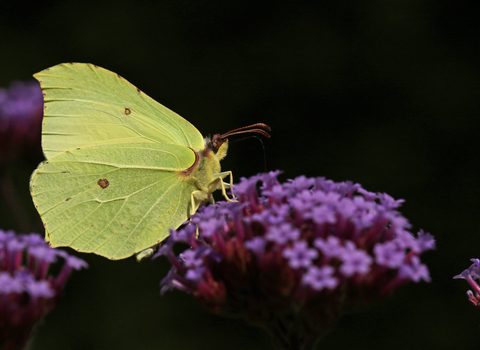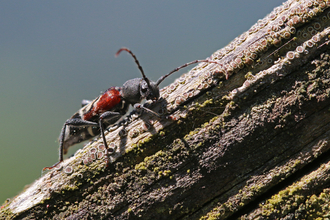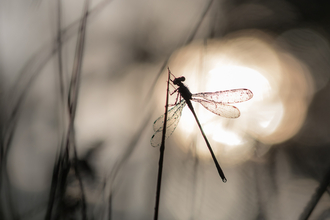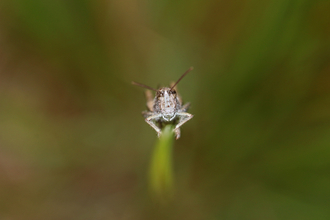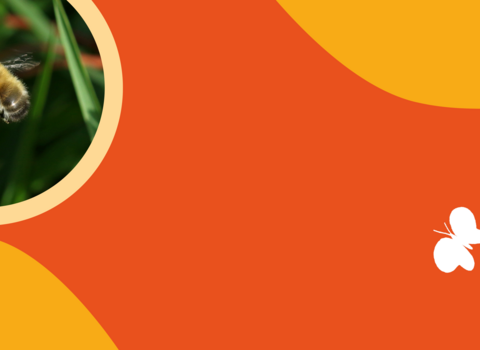Whose heart does not lift on seeing a butterfly flutter by? These magical insects with their amazing life cycle have long held a place in our culture as symbols of freedom, harmony and transformation. They also play an important role as indicators of the health of the environment so, in every way, they are a precious part of our lives.
Worcestershire Wildlife Trust trustee and butterfly enthusiast Sandra Young has identified nine species you can spot in the county. There are 59 species throughout the UK so do look out for them whilst on your travels, not least because they will lead you to beautiful places on warm and sunny days!
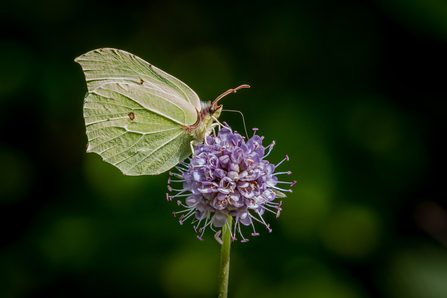
Brimstone by David Meredith
Brimstone Gonepteryx rhamni
The wide-ranging brimstone hibernates as an adult so is one of our first butterflies to appear each year. The bright yellow wings of a patrolling male, the original “butter-coloured fly”, joyfully signal the end of winter. The female is a pale greenish-white and both sexes have angular shaped wings that resemble leaves when closed. The main foodplant is alder buckthorn and a new generation is on the wing by mid-July.
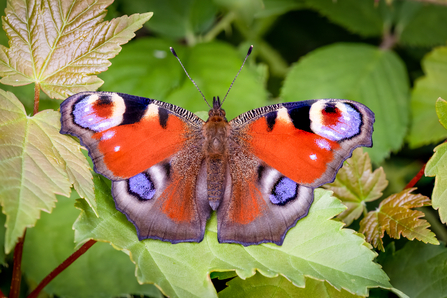
Peacock by David Meredith
Peacock Aglais io
The colourful peacock will flash its wings at potential predators, using those large eyespots as a deterrent. By contrast, the nearly black underside of the wings provides camouflage. Overwintering as adults, they can be spotted on the wing early in the year, with the majority emerging from late March. A new generation appears in mid-July; look for it on buddleia, one of its favourite flowers.
Speckled wood by Gary Palmer
Speckled wood Pararge aegeria
The wings of the speckled wood, chocolate-brown with creamy yellow spots, echo the sun-dappled glades and woodland edges it likes to frequent. It is unique amongst UK butterflies for being able to hibernate both as a caterpillar and a chrysalis. The resulting two spring flight periods, both producing one or two later broods, means that this butterfly can be spotted from March right through to October or even November.
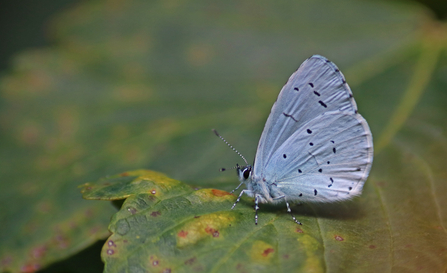
Holly blue by Simon Lampitt
Holly blue Celastrina argiolus
The holly blue looks like a tiny fragment of summer sky. The underside of the wings is a pale silvery blue with black dots and the female has black margins on her forewings. It’s the earliest blue on the wing and produces two generations. Holly is the main foodplant of the first brood but for the second it is ivy. Look from April to September in churchyards, gardens, parks and hedgerows.
Painted lady by Ion Riley
Painted lady Vanessa cardui
The painted lady migrates all the way from North Africa to reach our shores in May and June. In good years it can be found almost anywhere but favours open areas of thistles for breeding. Successive generations return south each autumn, making the journey at high altitude at speeds of up to 30mph. What a feat for a fragile butterfly weighing less than a gramme!
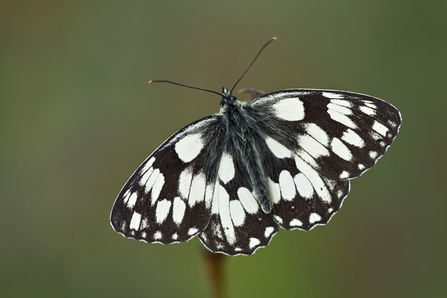
Marbled white by Guy Edwardes/2020 VISION
Marbled white Melanargia galathea
The strikingly patterned marbled white lays its eggs amongst tall grasses and hibernates as a caterpillar. Its single brood is on the wing from June and it can often be found in large numbers on species-rich grassland, roadside verges and railway embankments. It loves basking on grass-heads and flowers and is particularly attracted to purple flowers such as field scabious and common knapweed.
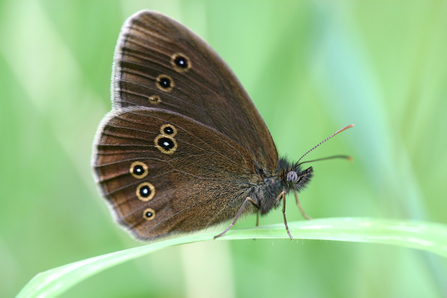
Ringlet by Tim Higham
Ringlet Aphantopus hyperantus
The ringlet is named after the small yellow-ringed eyespots on its velvety dark brown, white-fringed wings. Freshly emerged males look almost black but fade over time. Look for it from June to August nectaring on bramble and thistle flowers along damp woodland rides and in areas of rough grassland and scrub where it lives in large groups. It likes shady conditions and will continue to fly in light rain.
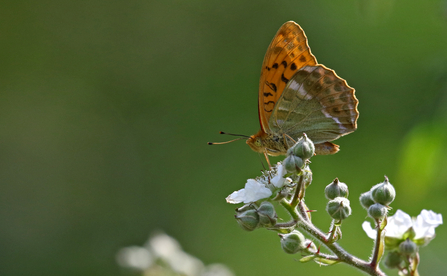
Silver-washed fritillary by Wendy Carter
Silver-washed fritillary Argynnis paphia
Look for the splendid silver-washed fritillary between June and September in woodlands. It is our largest fritillary with rich orange-brown wings and black markings that differ slightly between the sexes. The underside hindwing has subtle silver streaks (washes). It has a fast, gliding flight – you may be lucky and spot the male pursuing the female, circling and wafting her with pheromones in courtship display.
Brown hairstreak by Philip Precey
Brown hairstreak Thecla betulae
The flight period of the rare brown hairstreak is from late July to October but males congregate high up in the canopy so you are more likely to spot a female dispersing to lay her eggs on blackthorn. Both sexes have dark-chocolate upper wings with orange ‘tails’ and the female has orange splashes on her forewings. The orangey underside has white hairstreak lines.

